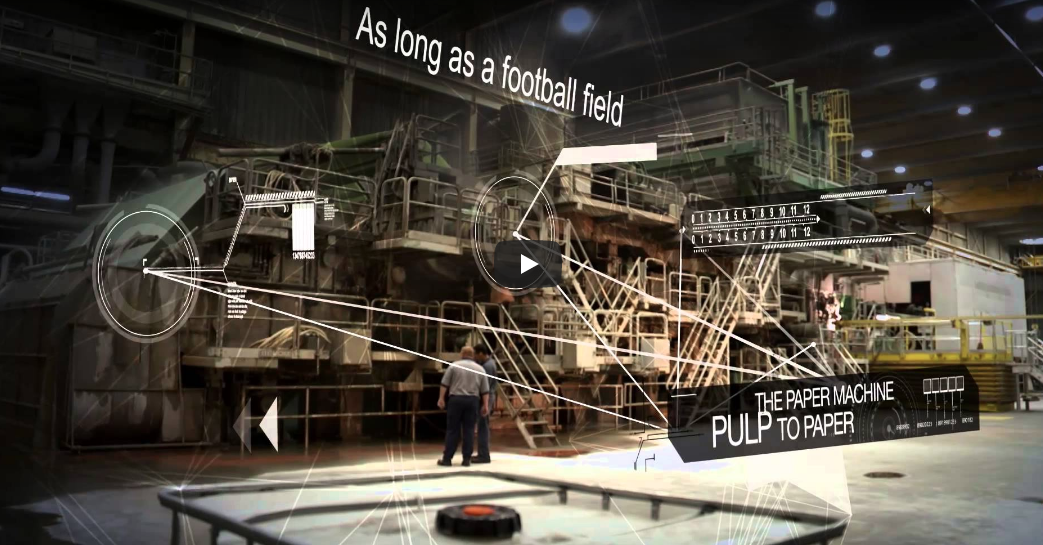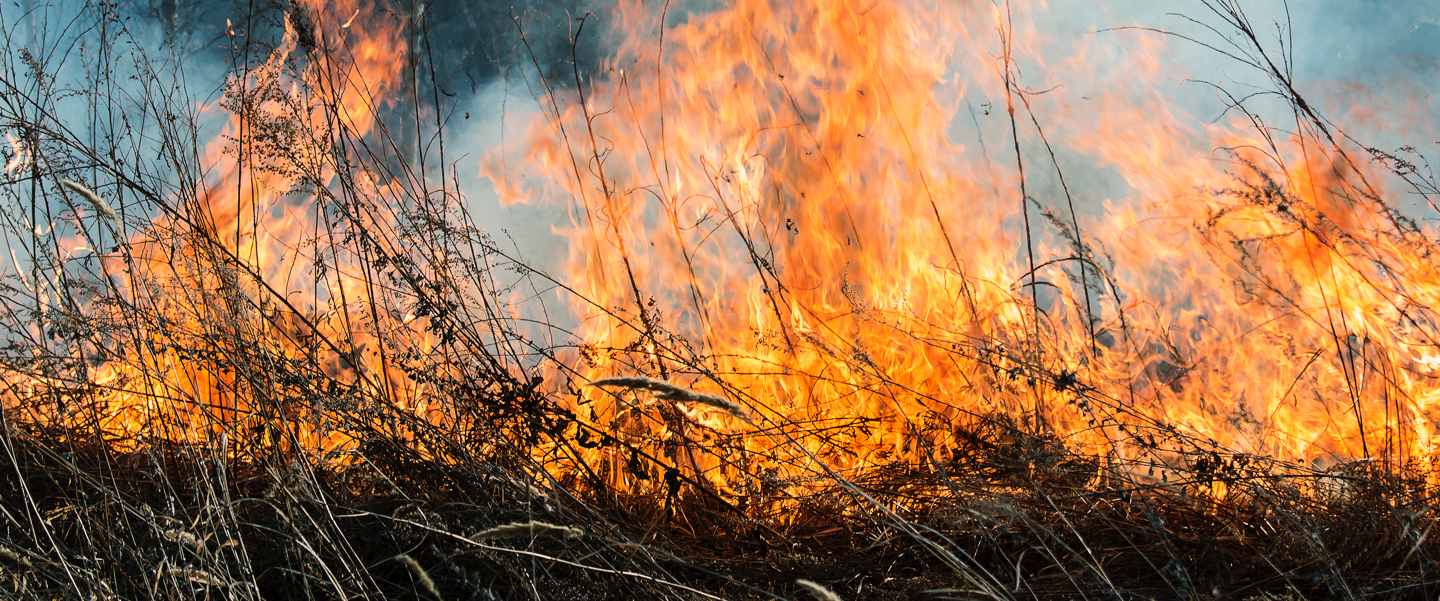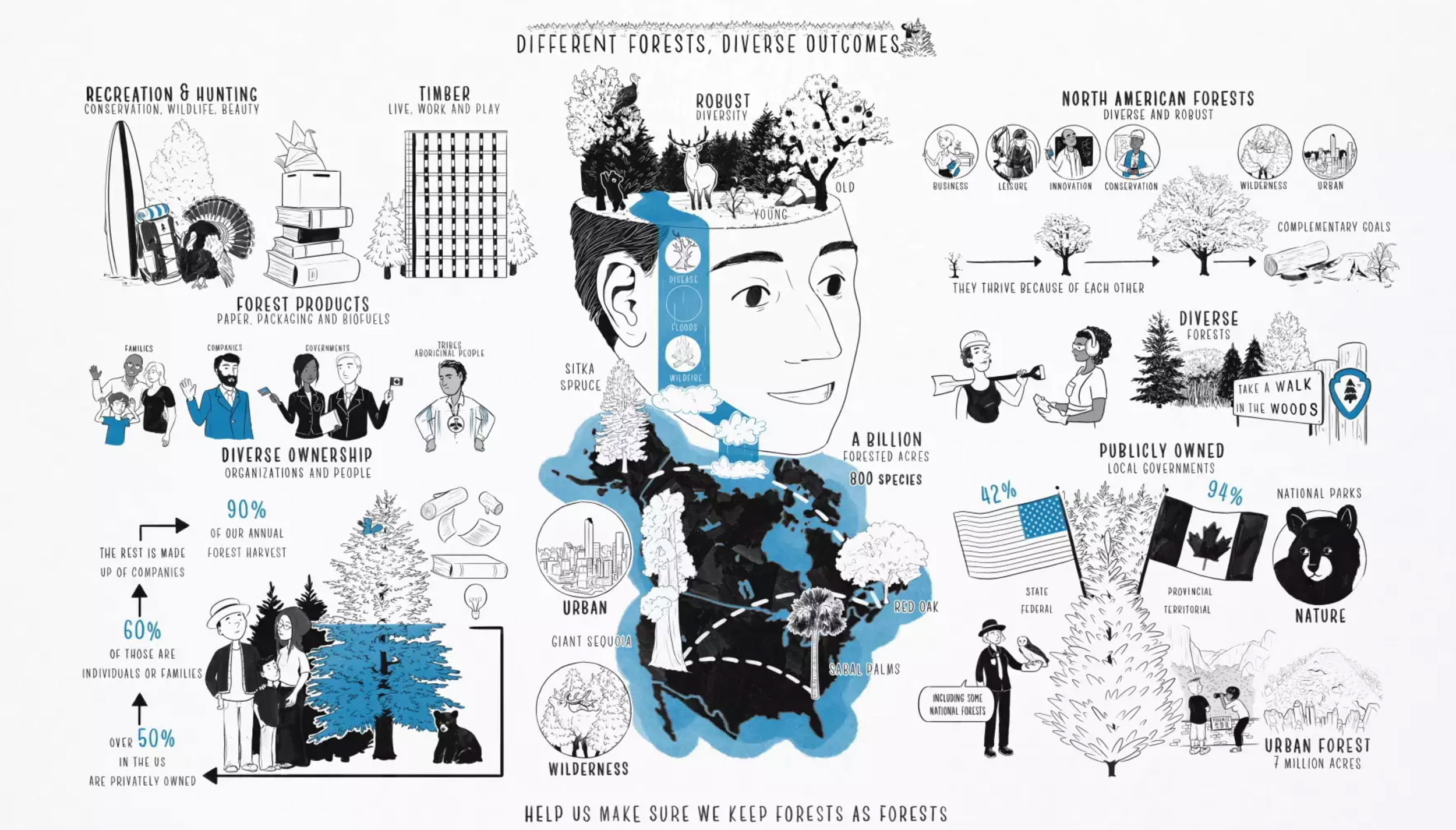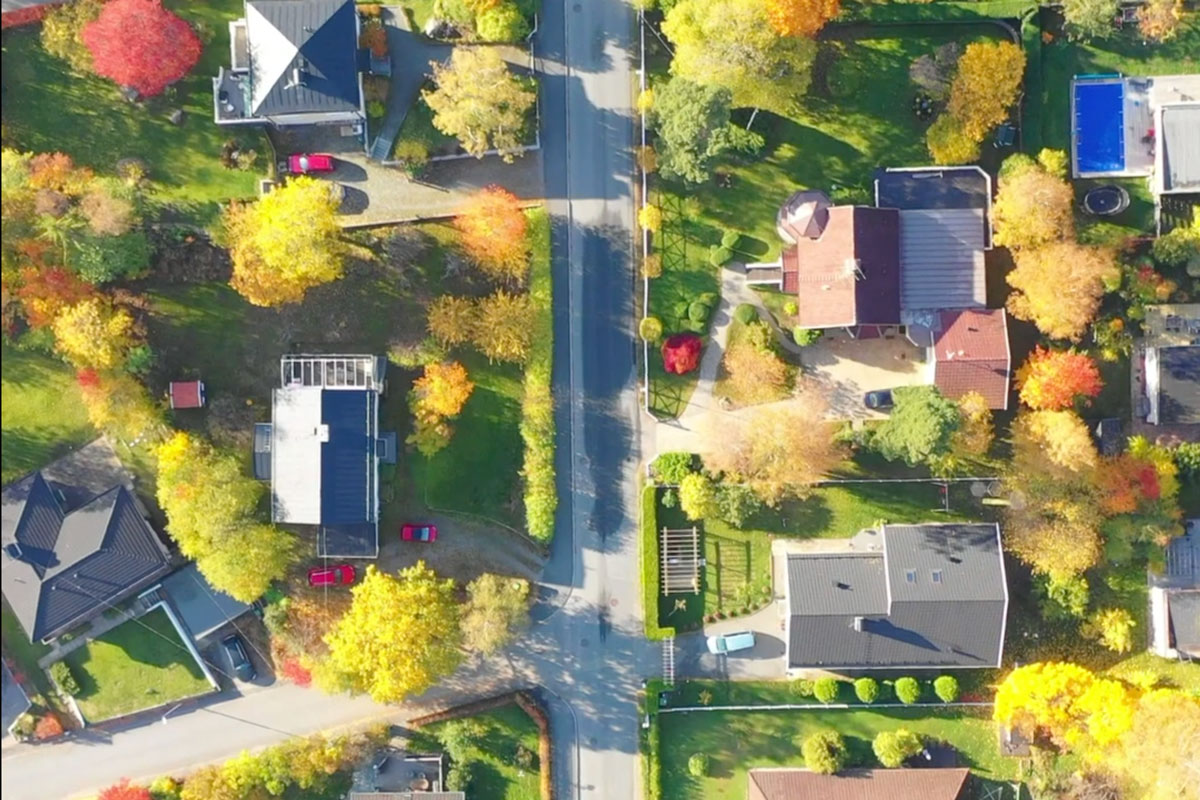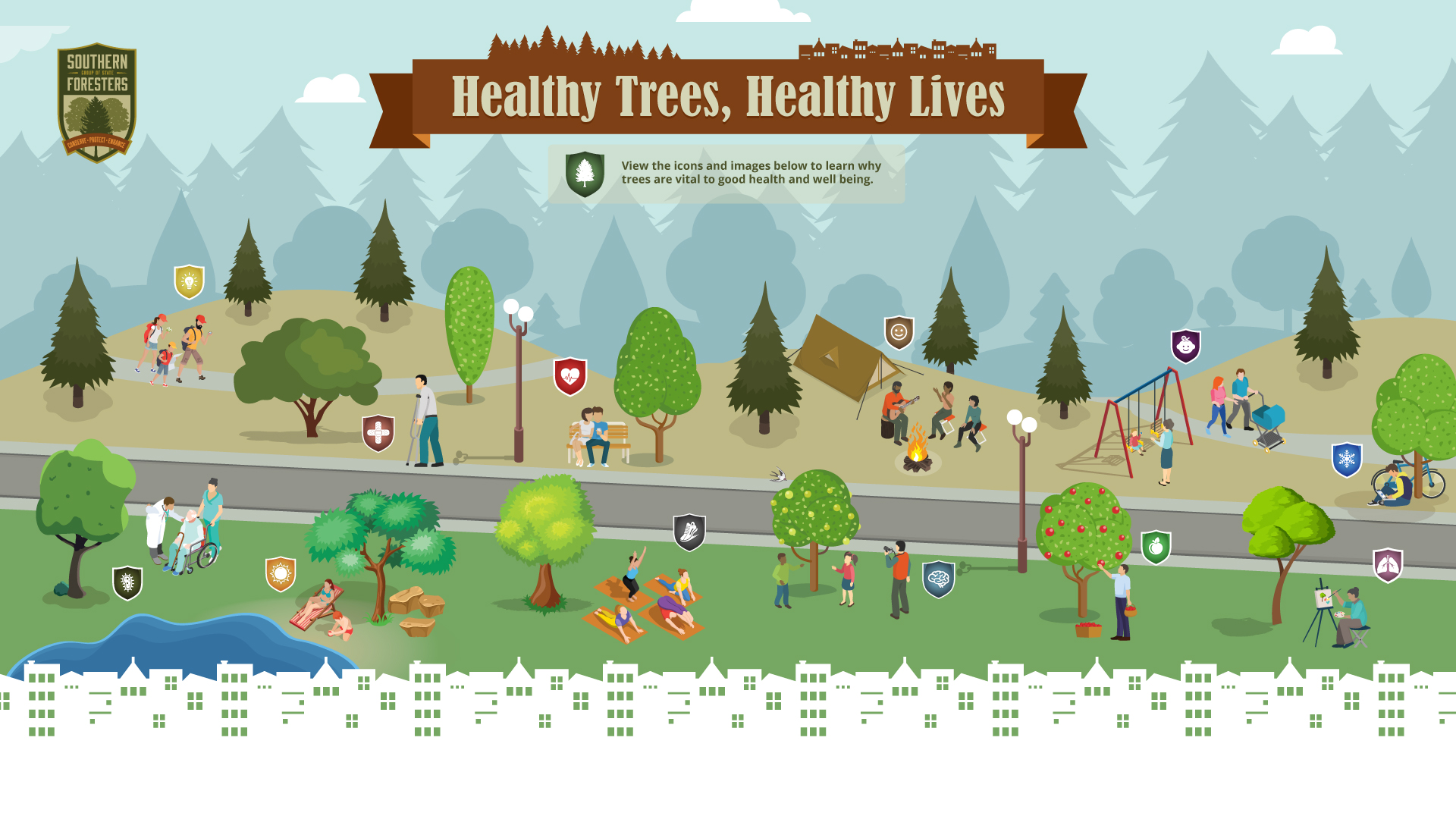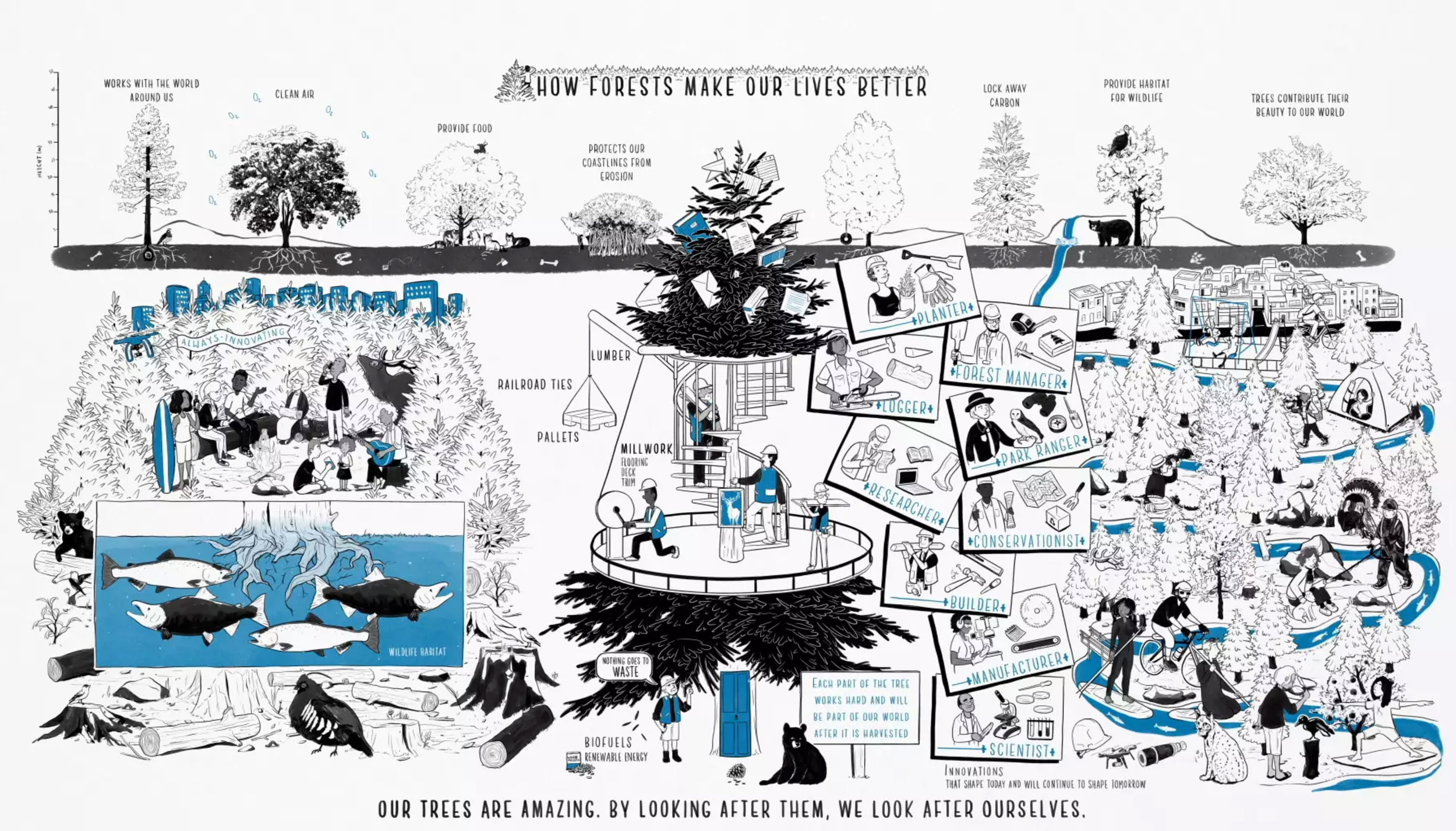Category: Fast Facts
Fast facts
Drink Up
Focus on soils. Learn how forests help keep our water clean on a Forest Fast Break.
Fast Facts | Forests + Water
Learn how forests help keep our water clean and impact your daily life.
More than half of the drinking water in the U.S. comes from a forest. By making choices that keep our forests as forests, we are keeping our water clean. Learn how forests help keep our water clean and impact your daily life.
Fast Facts | Defining Our Forests
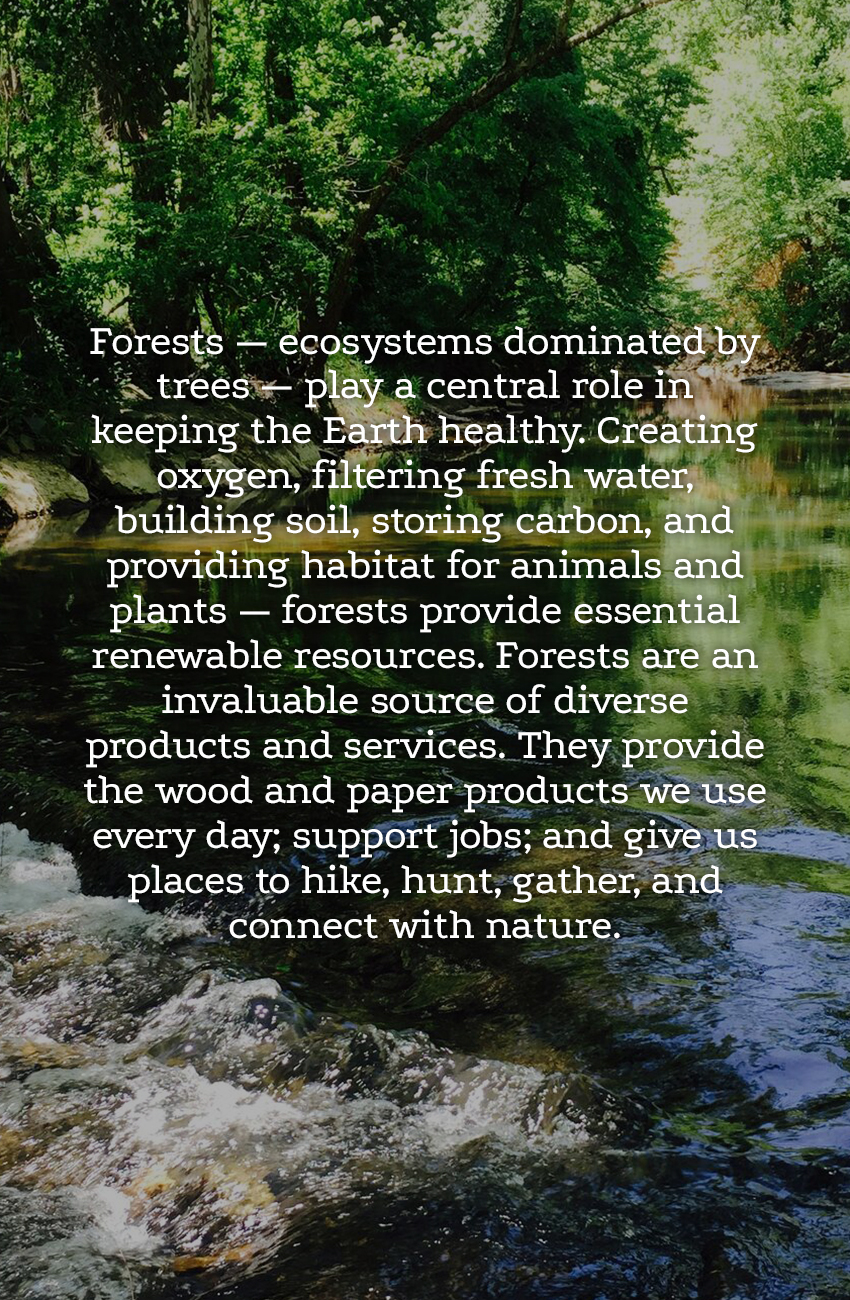
Forests play a central role in keeping our earth healthy. But what is a forest?
Fast Facts | Mass Timber
What is mass timber? It's a building material that's as strong as steel, lighter than concrete, fire resistant, and carbon friendly.
Our forests are home to the most technologically-advanced material and processes we have. Built and run on solar energy, they lock away carbon and provide light, strong, renewable materials.
Already, mass timber construction helps us build faster and more efficiently, while keeping carbon locked away. Innovative wood and paper products – renewable, recyclable and biodegradable – help store carbon, reduce waste, and protect wildlife.
Fast Facts | Skiing in National Forests
Did you know there are 122 ski areas in U.S. National Forests visited by 23 million people each year?
The main way that Americans now use their national forests and grasslands is for outdoor recreation, and skiing is by far the most popular winter use. There are 122 ski areas on the national forests, and they provide about 60 percent of the total capacity for downhill skiing in the United States. Downhill skiing and snowboarding is the second most popular primary use of the national forests—after hiking. About 16 percent of visitors come for downhill skiing and snowboarding.
All those visitors generate tremendous economic benefits. Ski areas on the National Forest System support about 64,000 full- and part-time jobs. Revenue from ski areas reached more than $45 million in 2016, contributing about $2.7 billion annually to the gross domestic product, (about a quarter of the total contribution of the National Forest System).
Forest management in National Forests helps keep our skiing trails accessible.
Want to know more? Check out this epic speech from Tom Tidwell, 17th Chief of the USDA Forest.
Fast Facts | Trees + Property Values
What's the easiest way to increase the value of your property? It might be as simple as planting a tree. Trees in yards and on streets have been shown to increase property values by as much as 15%. Go ahead - plant a tree.
Fast Facts | Trees + Transportation
How many trees do you need to offset your commute? Roughly one tree for every 2 gallons of gas.
Sustainable forests, and the renewable products from them, are helping us rethink our carbon future.
Fast Facts | Turkeys
In the 1930's there were roughly 30,000 turkeys in the U.S. Today, there are more than 7 million. Thanks to active forest management and conservation efforts by public and private landowners, wild turkey populations are flourishing. When we manage forests to be healthy, it's good for turkeys, and it's good for us.
Fast Facts | Wildfire + Climate Change
Climate change is making weather patterns more unpredictable and causing more droughts, which means there is more flammable materials in our forests. Hotter, drier, forests means more fires AND more intense wildfires. In fact, wildfire seasons is getting longer every year, sometimes by as much as 40-60 days each year. In Florida, fire season in now all year.
We need to make smart decisions about the future of forests to keep people and property safe by adjusting to the realities of climate change, and by better incorporating the natural cycle of wildfire into our landscapes and communities.


